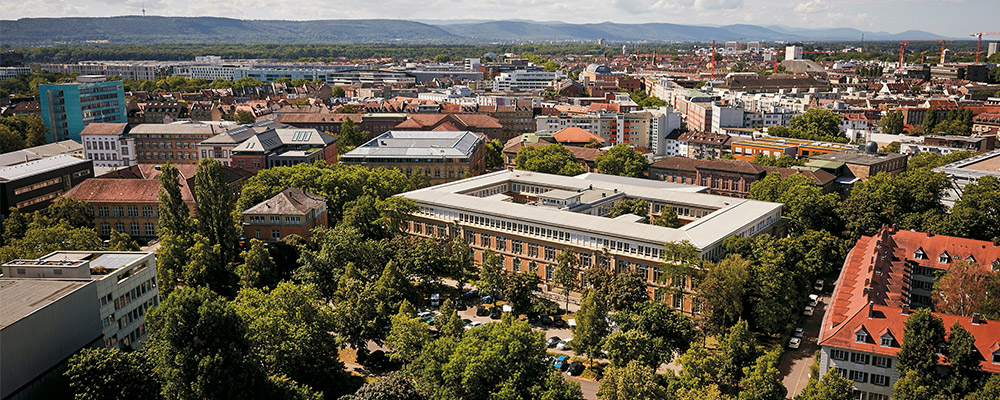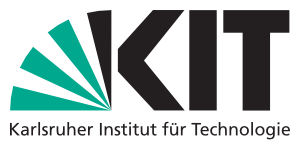Accueil » WP9: Multi objective optimization for efficiently controlling the (...)

The ASIMUTE project examines methods to enhance efficient and secure energy utilization and storage, with active engagement of end users at every stage. Its objective is to strike a harmonious equilibrium between energy consumption and the renewable energy production capacity, while considering various storage alternatives. In this WP, we develop methods for efficiently operating the heating systems of buildings. The activities within this work package are planned to take place continuously throughout the entire duration of the project.
The building sector is a significant source of greenhouse gas emissions. As the majority of these are caused by the provision of heat, there is an increased need for optimal control and design of heating systems in buildings. The current gas supply situation also poses a major challenge for the security of supply in the energy system. Increasing the efficiency of heating systems is therefore a central task in households to reduce energy requirements, achieve a reduction in emissions and contribute to efficient energy use.
Since conflicting goals of different stakeholders (energy costs, CO2 emissions, reduction of electrical peak load, thermal comfort, gas or oil consumption) arise when defining the optimal heating operation of a residential building, approaches from the field of multi-objective optimization are applied. This approach enables results for a multi-dimensional target space that shows both optimal trade-off solutions and ideal potentials for individual targets.
We develop and investigate different approaches for solving multi-objective optimization problems for utilizing flexible electrical loads in residential areas. A special focus is placed on electrical heating devices (e.g. heat pumps).
The first task includes building models of different building types. A particular focus is on modeling the heat and electricity demand and various heating systems, such as heat pumps, gas and oil heating systems, and supplementary electric heating systems. In addition, the dependencies of heating control on flexibility options for electricity demand and generation, such as electric vehicles, battery storage and PV systems, are considered. The scope of the model includes representative residential building stocks for the different countries in terms of age, size, insulation standards and heating technologies. Based on this, multi-objective optimization problems are defined for individual buildings as well as for an entire residential district and a simulation environment is created.
The main task is to develop and investigate different methods for multi-objective optimization and thus to evaluate efficient solution methods for the control of household systems. Local search methods in combination with machine learning seem promising for finding a good approximation of the trade-off solutions (pareto front) between the different objectives in reasonable runtime.
The results obtained are examined in more detail to derive conclusions for the building sector. It is determined under which conditions a change of heating system is advantageous both for individual buildings and for a residential area. The amount of conventional energy sources, such as oil and gas, that could be saved if electric heating appliances were used instead, without generating critical load peaks in the electricity grid or jeopardizing security of supply, is also calculated. An important aspect is the identification of optimal control strategies for heating systems to increase efficiency.
In the analysis of this WP, we include the results of WP10 “Second life of batteries for self-consumption”. The derived parameters and characteristics of the second life batteries will be included in our models and simulations. The multi-objective optimization strategies for controlling flexible electrical loads will also utilize the second-life batteries as an additional source of load flexibility.

Karlsruher Institut für Technologie
76131 Karlsruhe
Germany
Copyright © 2024-2025 IRIMAS Institute | Université de Haute-Alsace